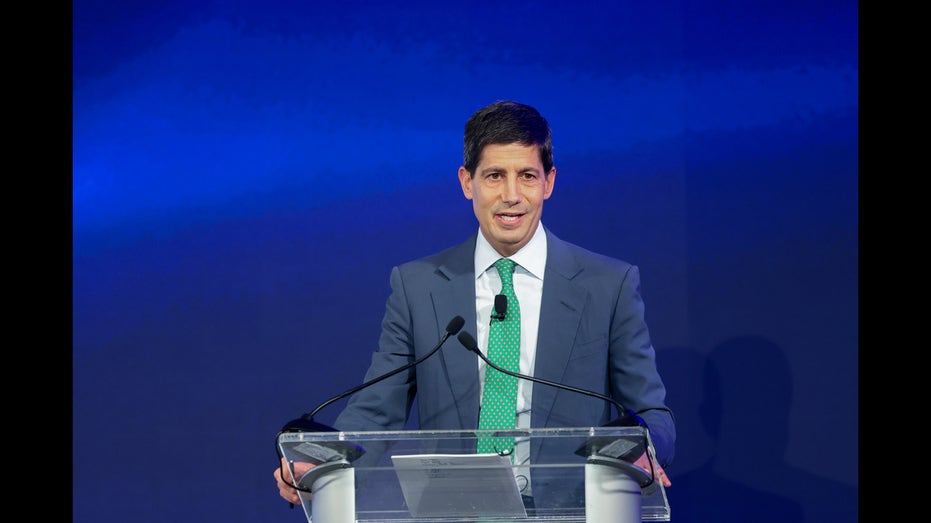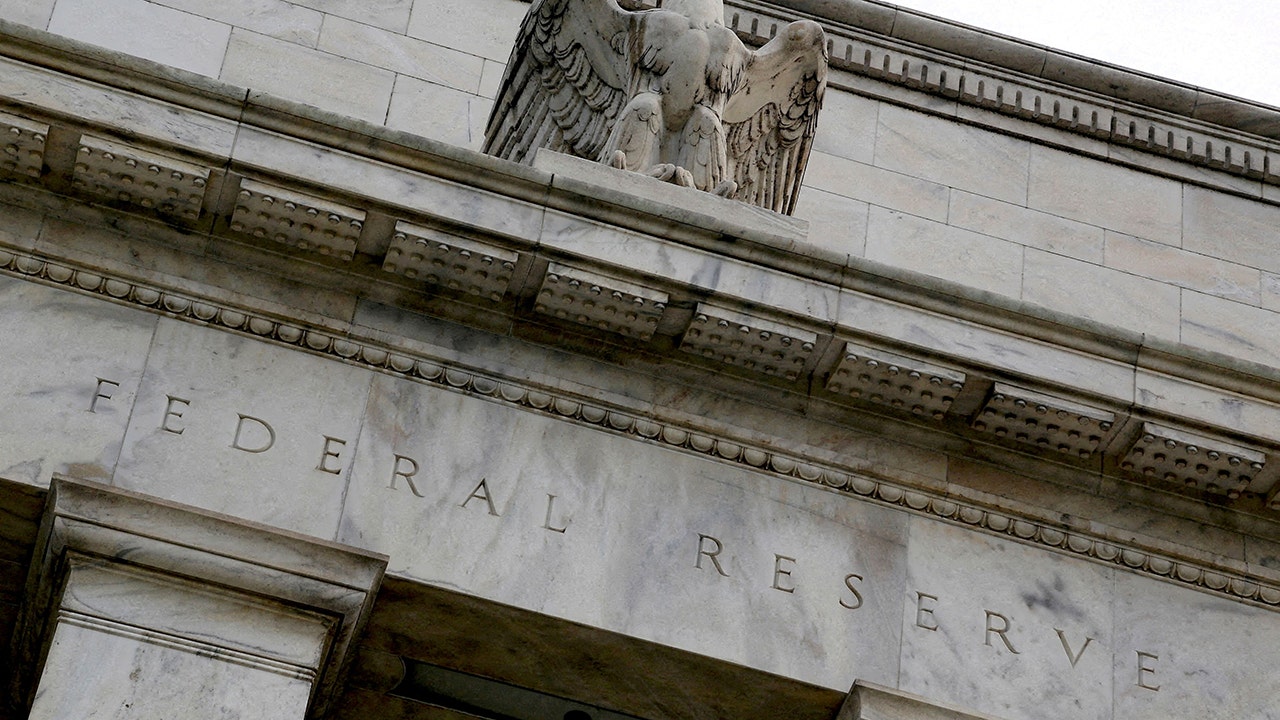Former Federal Reserve Governor Kevin Warsh said the U.S. economy could grow tremendously, but “bad” policies by the Federal Reserve are keeping it from doing so.
Warsh told “Kudlow” host Larry Kudlow that he had “some sympathy” for President Donald Trump being frustrated with how Federal Reserve Chair Jerome Powell and the central bank have been handling interest rates.
“Economic growth in the U.S. is poised to boom, but it’s being held down by bad economic policies coming from the central bank, bad supervision policies, bad monetary policies, and a very confusing set of standards as we’ve gone from last year to this year,” the former Federal Reserve governor said.
Warsh told Kudlow that both interest rates and the Federal Reserve’s balance sheet should be lower than they are.
FEDERAL RESERVE LEAVES KEY INTEREST RATE UNCHANGED FOR FOURTH STRAIGHT MEETING
The range of the Federal Reserve’s benchmark interest rate is currently 4.25% to 4.5%.
“We used to say that interest rate policy is housing policy, but we’re in a housing recession right now,” Warsh argued. “First-time homebuyers are having a hard time getting a house. Thirty-year fixed-rate mortgages are closer to 7%.”
Cutting the Fed’s interest rates and bringing the yield curve down could position the economy for its “next degree of acceleration,” according to Warsh.
“That stronger economy will be good for corporate profits, and that will be good for financial markets,” he said.
“My simple version of this is: Run the printing press a little bit less. Let the balance sheet come down. Let Secretary Bessent handle the fiscal accounts, and in doing so, you can have materially lower interest rates,” Warsh posited.
He also told Kudlow that he “talked frequently about the need for Fed reform” during his time at the central bank and said people at the Fed are “proving” a “regime change” is needed.
FED CHAIR POWELL CONFIRMS TARIFF CONCERNS PREVENTED INTEREST RATE CUTS SO FAR THIS YEAR
Warsh served on the Fed Board from 2006 to 2011.
“Now, regime change means new sets of policies, new way of thinking about economic growth, new understanding of what really drives inflation,” he told Kudlow. “It also means new personnel.”

While the Fed has a “huge amount of talent,” it also has people “who need to adjust their thinking to a modern economy,” Warsh said, adding that inflation comes from “this growth of money” rather than high wages.
“Just to underscore the point, back in the ‘08 crisis, we cut rates to zero. We decided, because the economy was racing away from us, we’d create this new instrument called quantitative easing, and about every trillion dollars we grew the balance sheet, we thought was roughly worth about 50 basis points of cuts,” he said. “Well, if you look right now, and you could take down that balance sheet a couple trillion dollars over time in concert with the Treasury secretary, that’s a big rate cut could come, and what you would do then is turbo-charge the real economy, where things are somewhat tougher, and ultimately the financial markets would be fine.”
America’s central bank has chosen not to do rate cuts at its four most recent meetings, instead keeping the benchmark rate at its current level.
The move has drawn the ire of Trump, who has repeatedly slammed Powell for not bringing it down and even called for him to step down.
TRUMP DEMANDS ‘TERRIBLE’ FED CHAIR POWELL RESIGN IMMEDIATELY, CALLS FOR RATE CUTS
In June, after its meeting, FOMC policymakers released a summary of economic projections, known as the so-called “dot plot,” which showed members see two interest rate cuts in 2025, followed by one cut each in 2026 and 2027.
Eric Revell contributed to this report.
